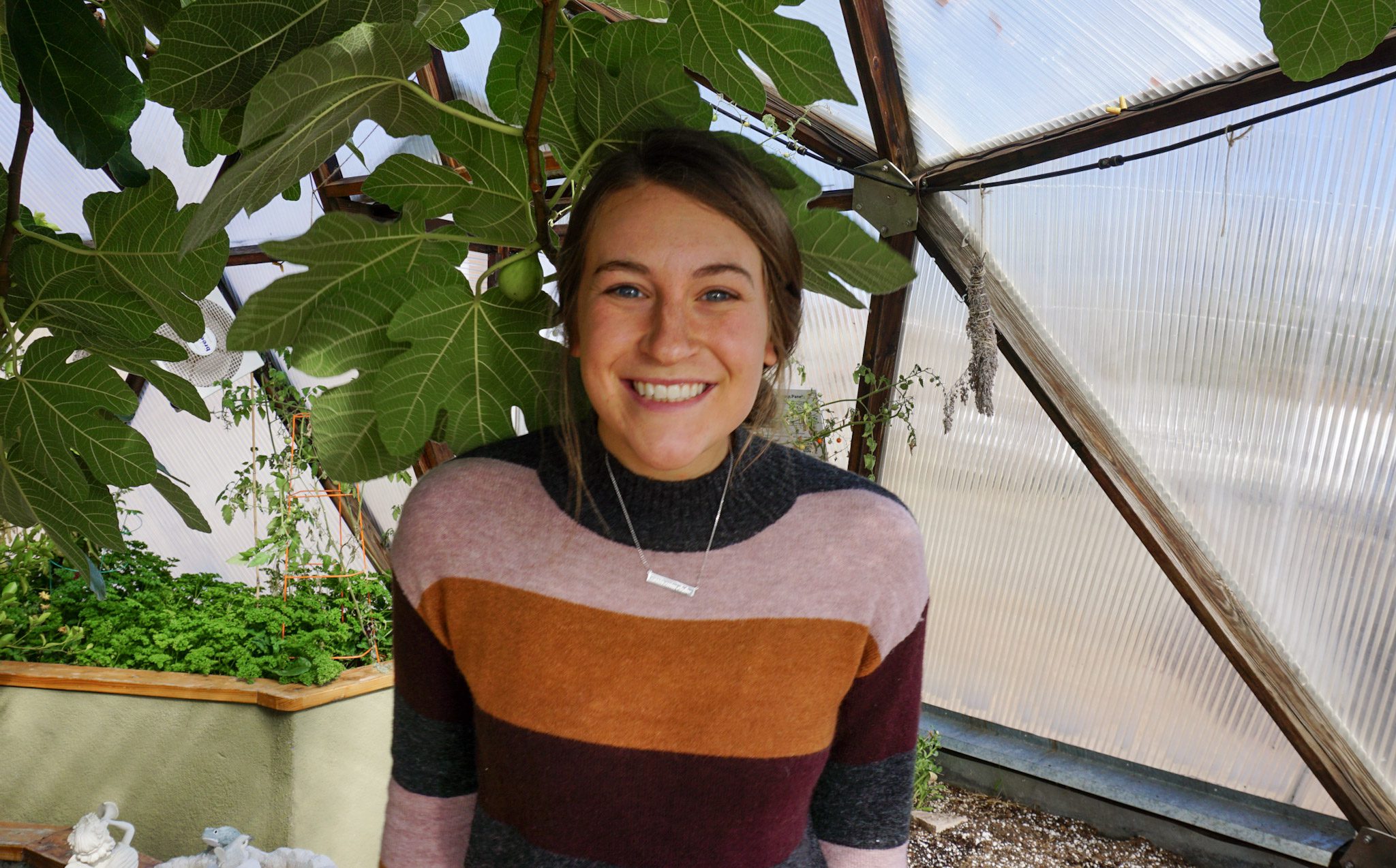

The Marvelwood School Grows
Healthy Minds and Healthy Foods
Along the border of New York and Connecticut in the Northwest Hills, there is an “intentionally small” school and a school garden program. The Marvelwood School in Kent, Connecticut, is a school for grades 9-12 who are inspired to find their passions through hands-on experiences and where gardening is considered an “essential skill that enriches lives.”
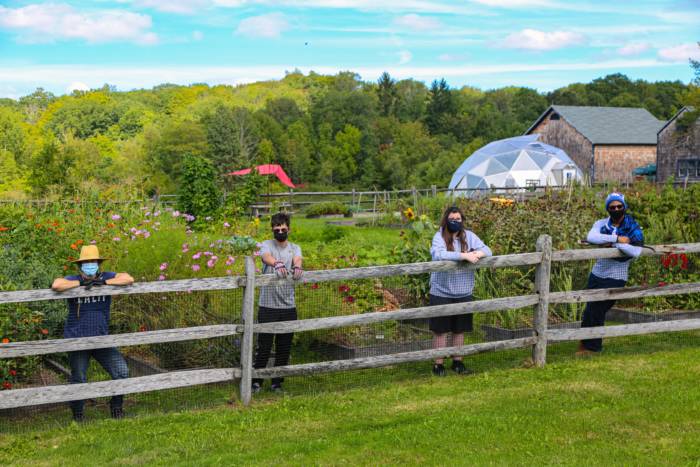
The students and staff at Marvelwood School have an outstanding garden program ingrained in the school’s daily doings through community service and after-school garden programs. They use fruits and vegetables grown in their 26’ Growing Dome and ⅓ of an acre outdoor growing space as a farm-to-cafeteria initiative. Surplus crops are donated to the Kent Food Bank. The school’s garden program enables young people to gain an understanding of where their food comes from and how to grow it.


The Garden Program’s Growing Dome Journey
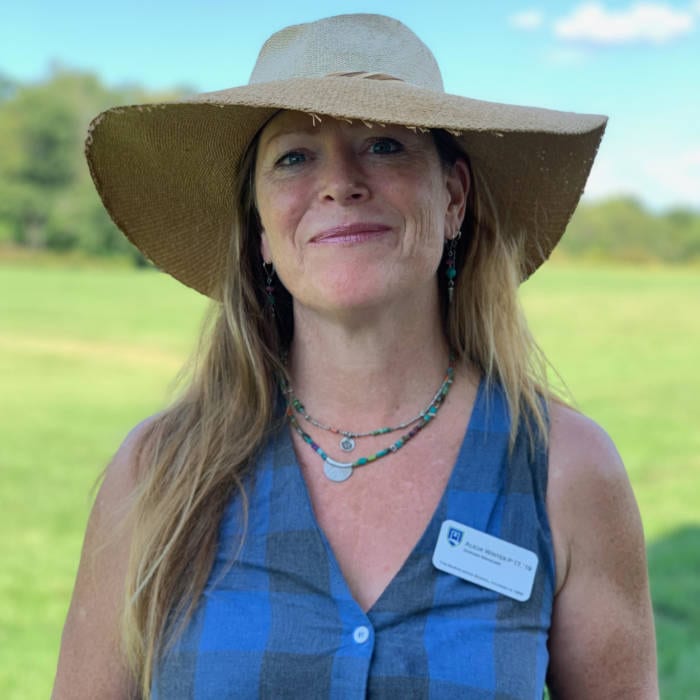
Gardening has always been a part of Marvelwood’s education program. Their Growing Dome greenhouse helped take their program from part-time, limited participation to a full-time, year-round curriculum.
During the winter months, it can get very cold reaching as low as 20 below zero at night. The school greenhouse has given its garden protection from the extreme weather elements. To enhance their school garden’s potential, they added a hard-wired propane burner for the extra cold nights and electricity for additional fans.
Garden program director Alicia Winter called the Growing Dome “the perfect combination of high-tech and low-tech, the best and most efficient product on the market that provides solutions for light, airflow, and protection from the elements.”

Garden Community Service Program
Service is one of the core values at Marvelwood School. Every student at Marvelwood gives back by participating in a weekly community service program of their choice. One of which is a gardening program where students work in the greenhouse and outdoor garden throughout the year.
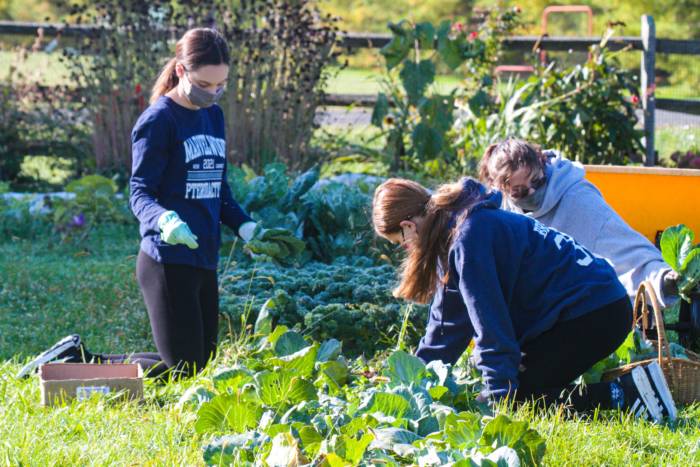

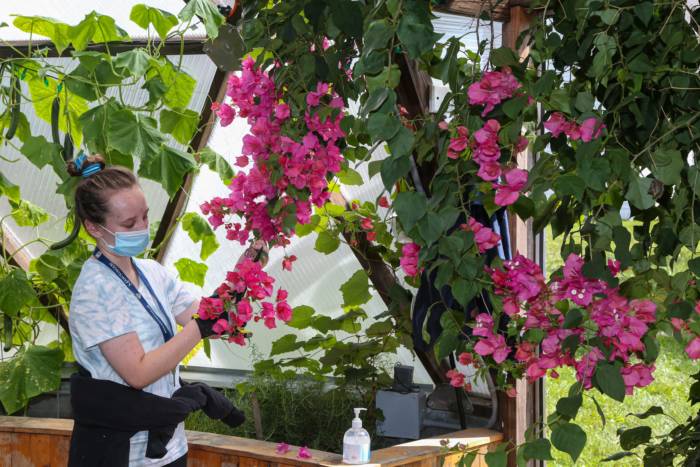
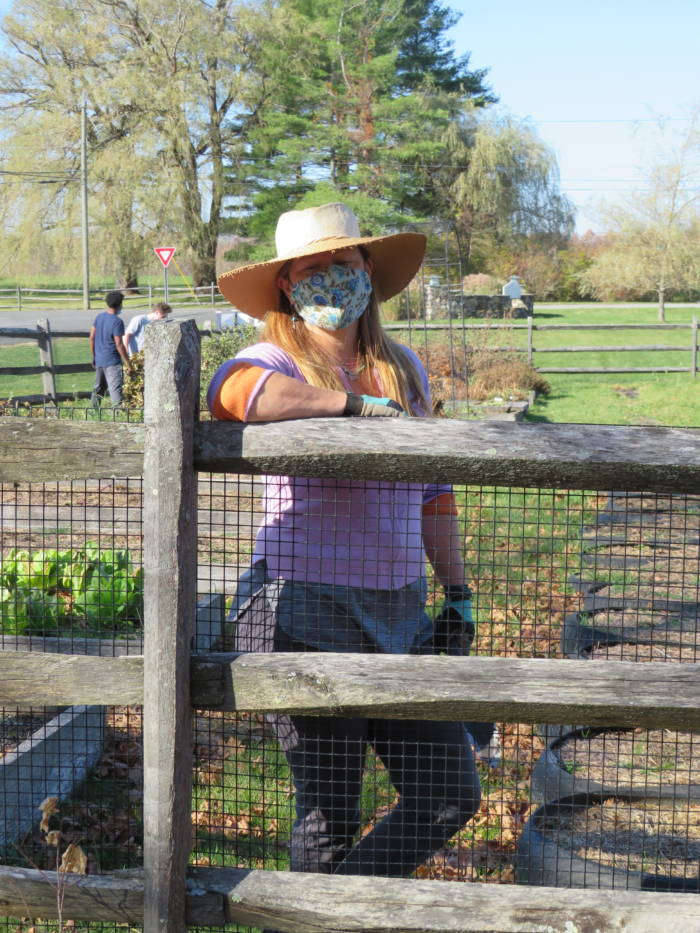
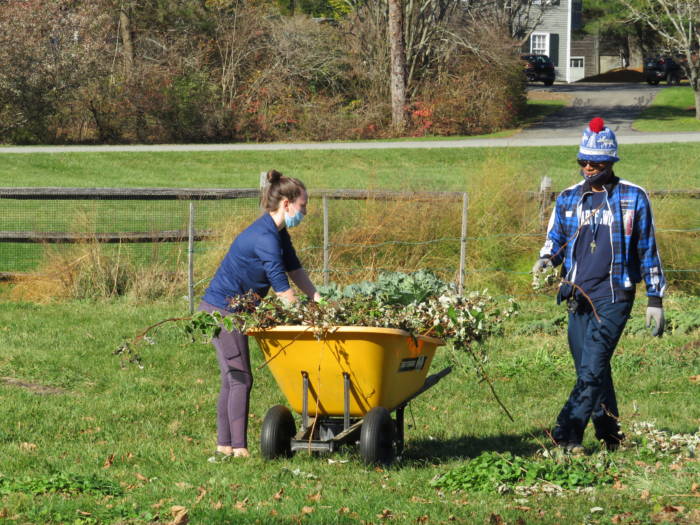
After-School Gardening Program
The after-school program consists of 10-12 students who meet six days a week to focus not only on pruning and planting but also on goal-oriented projects. The students are learning how to run a garden from the ground up. Everything from crop rotation and composting to organic pest control and transplanting.
As a learning-based gardening program, they “focus on biodiversity as opposed to volume production, so there are often as many as 50 varieties of fruits, flowers, and vegetables” growing inside and outside of the greenhouse.
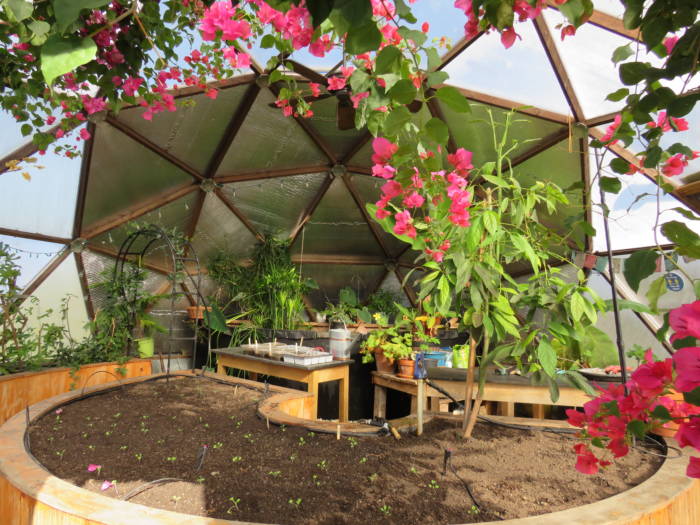

Today, the students at Marvelwood are watching a praying mantis, often called a friend to farmers since it works well as a natural form of pest control, hatch from its sack. Alicia collected the mantis pouch from the woods and created a happy, healthy home for the eggs to hatch. *(Beware, these giant bugs might also eat beneficial insects such as ladybugs. Their appetites are ravenous.)
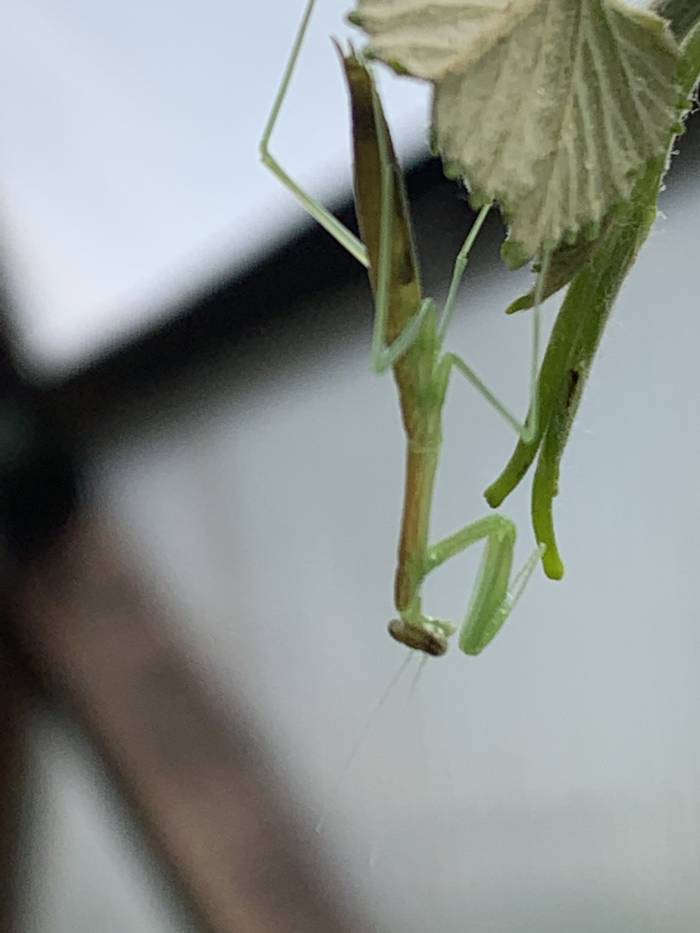

Impacts of the School Garden & Connecting Students
Gardens have so many proven benefits for students, such as improved cognitive functioning, physical activity that leads to healthier bodies, and a strong sense of teamwork.
When we asked how the gardening program has affected the student’s daily lives, Caitlin Lynch recalled a specific student who grew up in the city with no family background in gardening. This student found a love for something he would have otherwise never experienced. Now he has his whole family gardening and growing plants together.
Caitlin also told us about an after-school garden program routine that has become a connecting and grounding experience for the students. At the end of every day, when students are typically the rowdiest, they are enticed to stay and help clean up the garden, ending the school day with their hands in the dirt and reciting a poem that they chose to the group.
We are inspired to close this article the same way:
THE GARDENER The gardener does not love to talk. He makes me keep the gravel walk; And when he puts his tools away, He locks the door and takes the key. Away behind the currant row, Where no one else but cook may go, Far in the plots, I see him dig, Old and serious, brown and big. He digs the flowers, green, red, and blue, Nor wishes to be spoken to. He digs the flowers and cuts the hay, And never seems to want to play. Silly gardener! summer goes, And winter comes with pinching toes, When in the garden bare and brown You must lay your barrow down. Well now, and while the summer stays, To profit by these garden days O how much wiser you would be To play at Indian wars with me! Poem by Robert Louis Stevenson
You can find all of our Featured Growing Dome’s highlighted in our monthly newsletter “The Happy Grower,” on our social media platforms (Facebook and Instagram), and in our blog. At the end of the year, we create an annual calendar that includes every Dome of the Month. We send them to all Dome of the Month participants, along with a gift of Growing Spaces gardening goodies! Apply here.
Join the Inner Circle
An exclusive place for year-round gardeners. Join us to receive our monthly newsletter, “The Happy Grower”. In our newsletter we provide community stories, event updates, expert gardening tips, and exclusive offers.
